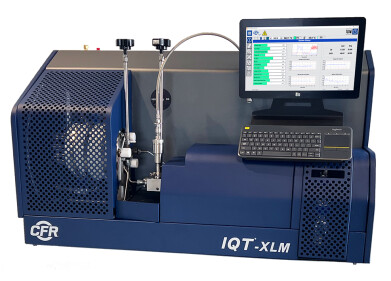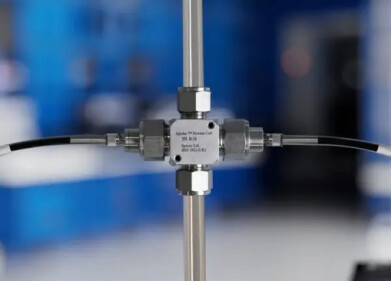Analytical Instrumentation
Have Oil and Gas Discoveries Dried Up?
Feb 24 2017
Just a few years ago, the oil and gas market was booming. Now, experts are maintaining that a discovery drought has left the landscape parched. According to the latest figures from research group IHS Markit, oil and gas discoveries have dropped to the lowest total seen in 60 years. Last year discoveries fell to 8.2 billion barrels, following on from the six decade low seen in 2015.
As a result, spending on exploration dropped from US$100 in 2014 to just US$40 billion in 2016. The figures come from research group Wood Mackenzie, and reveal that giants like Chevron have drastically slashed their exploration budgets.
New discoveries take an icy turn
As larger fields become harder to find, many companies have refocussed their attention on ice drilling. In 2016 this pushed the number of oil and gas discoveries down to just 174, which represents a significant drop from the usual average of around 400-500 big finds per year. This is partly due to the fact that offshore, a single well can top US$150 million. It’s a big investment, given that the success rate for ‘wildcat’ wells is a meagre one in five.
A perfect storm
So what’s fuelling the downward trend? According to the Financial Times, there are two major triggers. The first is the industrywide cyclical cuts being made by companies that have been struggling since oil and gas prices crashed in 2014.
The second is the structural shift that’s pushed the industry towards onshore shale. North American companies have fronted the movement, with US oil shale deposits now estimated at an enormous 301 billion metric tons. For analysts, the shift is bona fide proof that the world is on-track to become increasingly reliant on ‘unconventional’ resources like shale.
The future of oil and gas
So what’s in store for 2017? While a full recovery is unlikely, experts predict that exploration activity could be on the rise. There are several high potential wells currently under exploration, with Norwegian companies like Statoil planning to amplify drilling activity over the next 12 months.
That said, experts also warn that the typical time from discovery to production is usually around five to seven years. As a result, the current shortage could translate to tighter oil and gas supplies over the coming years.
For more insight into the next generation of energy, ‘Reliable and Routine Trace Level Sulphur analyses in LPG and Gaseous samples in compliance with ASTM D6667’ explores the rise of LPG.
Digital Edition
PIN 25.5 Oct/Nov 2024
November 2024
Analytical Instrumentation - Picturing Viscosity – How Can a Viscometer or a Rheometer Benefit You? - Sustainable Grease Formulations: Evaluating Key Performance Parameters and Testing Method...
View all digital editions
Events
Dec 03 2024 Dusseldorf, Germany
Dec 08 2024 Anaheim, CA, USA
Turkey & Black Sea Oil and Gas
Dec 11 2024 Istanbul, Turkey
Dec 19 2024 Aurangabad, India
Jan 20 2025 San Diego, CA, USA



















